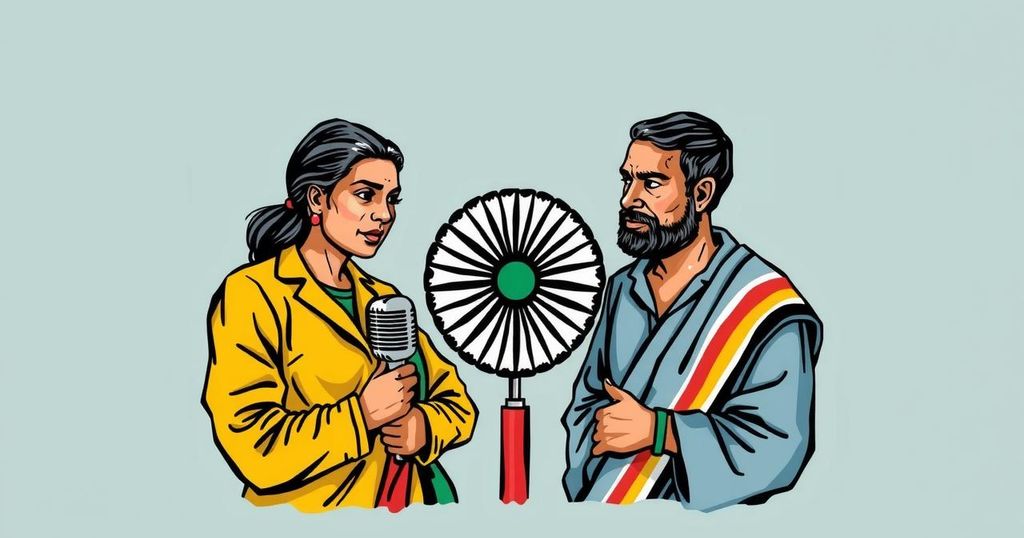Samosa Caucus Expands as Indian-American Representation Grows in Congress

The Indian-American representation in Congress has strengthened with the re-election of five incumbents and the election of a sixth member, Suhas Subramanyam. Each member plays a crucial role in legislative processes, reflecting historical support for the Democratic Party, though there is rising Republican interest among Indian-Americans. Despite challenges, the community’s political influence continues to grow.
The Indian-American representation in Congress has strengthened following the recent electoral victories of all five incumbents in the House of Representatives and the induction of a sixth member. Ami Bera, Ro Khanna, Raja Krishnamoorthy, Sri Thanedar, and Pramila Jayapal were all re-elected, showcasing the political success of the Indian-American community despite Kamala Harris’s presidential defeat. Joining them is Suhas Subramanyam from Virginia, marking the first East Coast desi to secure a House seat. Each member contributes significantly to the legislative process, with Krishnamoorthy poised to lead the House select committee on competition with China should the Democratic party regain control. Khanna’s influence spans the armed services, foreign affairs, and tech policy discussions, while Bera leads the Indo-Pacific subcommittee and is active in the Quad caucus. Thanedar has established the Hindu, Buddhist, Sikh, and Jain caucus in Congress, advocating for community interests. Jayapal chairs the House Progressive Caucus, holding substantial sway within the Democratic coalition, with Subramanyam expected to carve out his own niche. The alignment of all Indian-American representatives with the Democratic Party reflects historical support from the community, although recent surveys indicate a growing inclination towards Republican candidates. The presence of notable Indian-Americans in the GOP is becoming apparent, alongside increasing representation across various local government levels. Despite the loss suffered by Harris, the continued political engagement of Indian-Americans indicates a formidable presence in American politics.
In the context of American politics, the Indian-American community has increasingly gained representation, particularly within the Democratic Party. The recent election cycle witnessed the re-election of five members of the House of Representatives, each contributing to the legislative landscape with their unique skills and backgrounds. With the addition of Suhas Subramanyam, the so-called “Samosa Caucus” now has a broader representation that underscores the growing influence of Indian-Americans in government and politics.
In conclusion, the election cycle has affirmed the strength of Indian-American representation within the United States Congress, as evidenced by the re-election of established members and the addition of Suhas Subramanyam. Their roles range from leading critical congressional committees to advocating for community issues, showcasing the growing political engagement of Indian-Americans. This trend indicates not only a robust presence within the Democratic Party but also a potential shift towards broader political affiliations in the future, ensuring Indian-Americans remain a significant force in the political arena.
Original Source: www.hindustantimes.com








